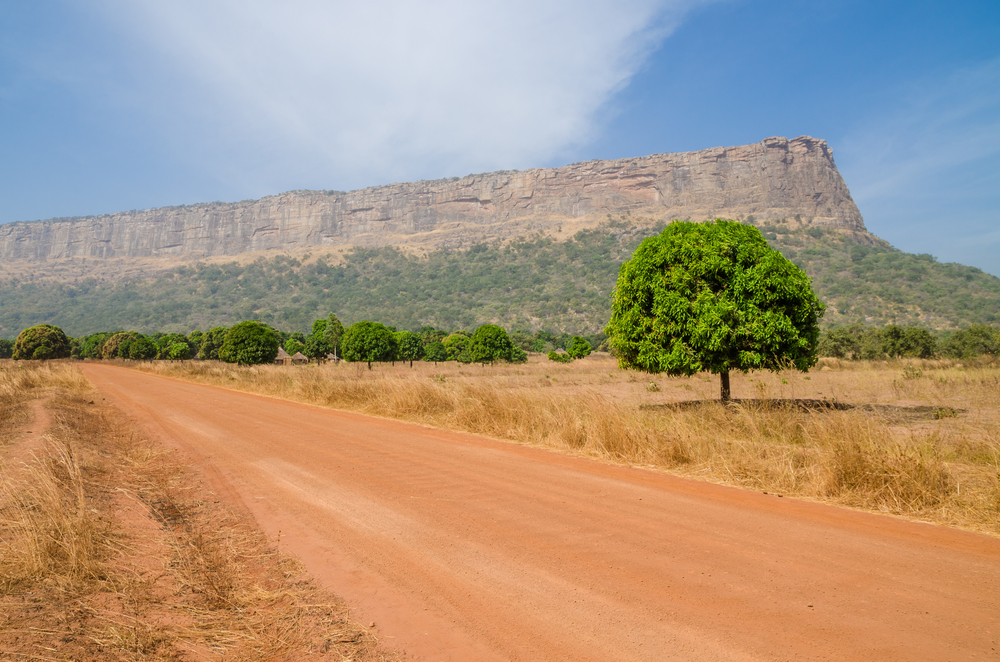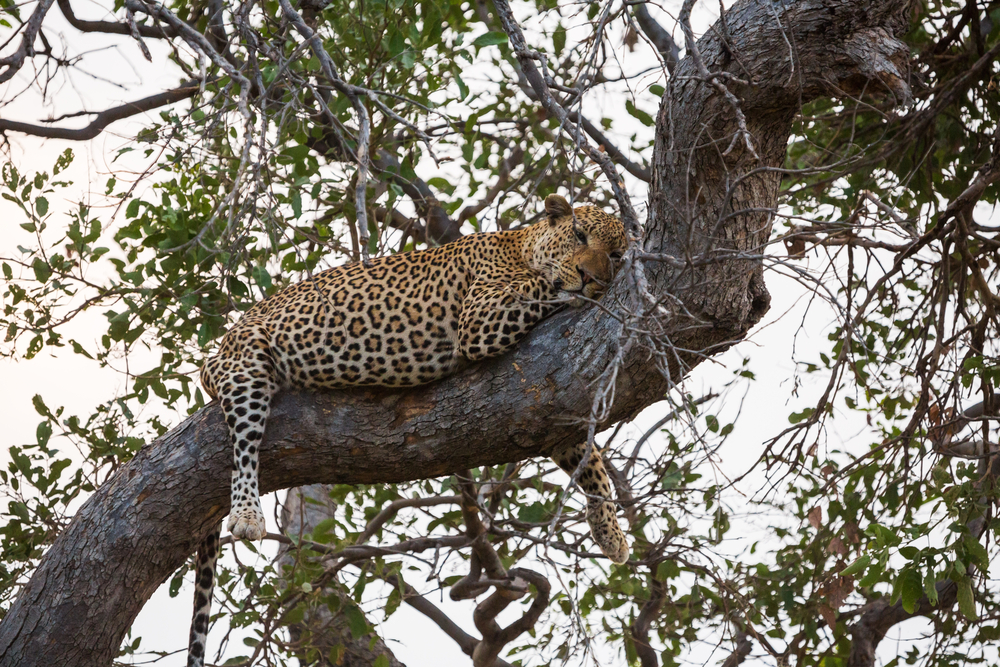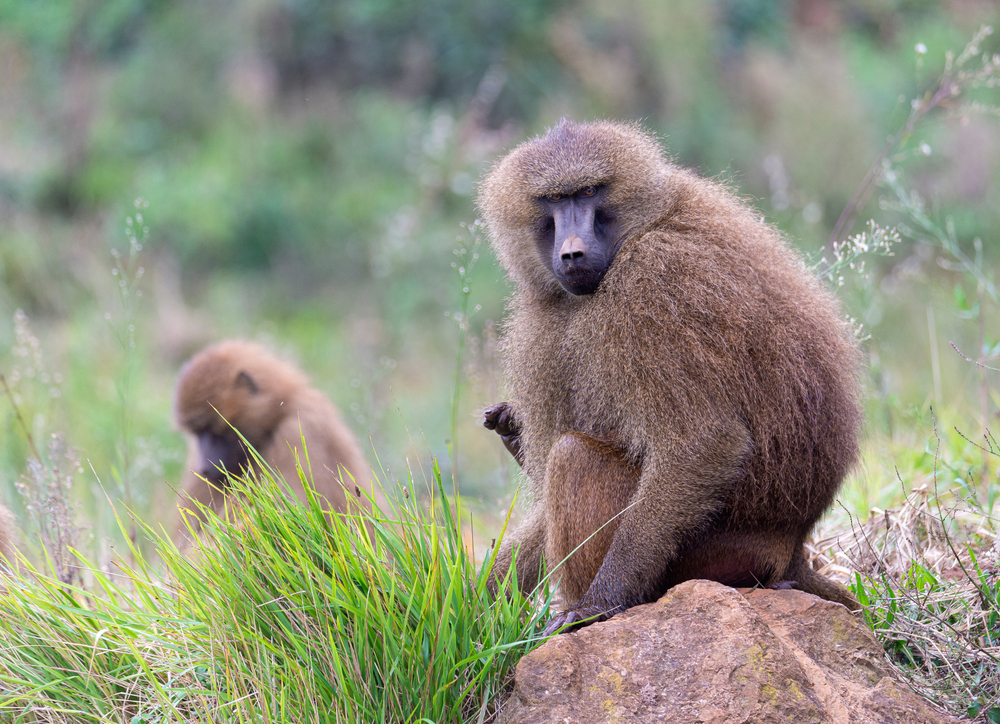Guinea, a country in West Africa known for its diverse ecosystems and rich biodiversity, is home to several national parks that serve as vital conservation areas. These parks protect unique habitats, ranging from dense rainforests and savannas to wetlands and mountainous terrains, offering refuge to an array of wildlife. Among Guinea’s officially recognized national parks, Haut Niger National Park, Badiar National Park, and Ziama National Park are notable for their ecological significance and conservation efforts.
Haut Niger National Park, located in the central part of Guinea, is a vast protected area encompassing savannas, forests, and river systems. This park is a stronghold for some of West Africa’s most iconic wildlife, including chimpanzees, elephants, and leopards. Its riverine forests and woodlands provide critical habitats for a variety of bird species, making it an important site for avian biodiversity. Conservation initiatives in Haut Niger focus on protecting these species and their habitats from threats such as agricultural encroachment and poaching, with community-based programs playing a significant role in its management.
Badiar National Park, situated along the border with Senegal, is part of the larger Niokolo-Badiar Transboundary Biosphere Reserve. The park features savannas, gallery forests, and wetlands that host species such as hippos, crocodiles, and a variety of antelopes. While its wildlife populations have been impacted by poaching and habitat loss, ongoing efforts to strengthen cross-border conservation initiatives and enhance anti-poaching measures have shown promise in improving its ecological health.
Ziama National Reserve, located in southeastern Guinea, is a UNESCO Biosphere Reserve known for its dense tropical rainforest. The park is home to several endangered species, including forest elephants and western chimpanzees, and serves as a critical water catchment area. Its rich biodiversity and pristine ecosystems make it a hotspot for scientific research and eco-tourism. However, like Guinea’s other parks, Ziama faces challenges from deforestation and illegal hunting. Collaborative conservation projects involving local communities have been instrumental in addressing these issues.
Despite their ecological importance, Guinea’s national parks face significant conservation challenges, including limited resources, illegal logging, and human-wildlife conflict. Population growth and expanding agricultural activities put additional pressure on these protected areas. However, there have been notable successes, particularly through international partnerships and community engagement. Programs that focus on sustainable livelihoods, environmental education, and eco-tourism are helping to alleviate pressures on the parks while fostering local support for conservation.
Guinea’s national parks are vital not only for preserving the country’s unique biodiversity but also for supporting sustainable development and mitigating climate change. They provide critical ecosystem services and opportunities for eco-tourism, showcasing the nation’s natural beauty while emphasizing the importance of environmental stewardship. Continued conservation efforts are essential to ensure that these natural treasures are protected for future generations.












































































